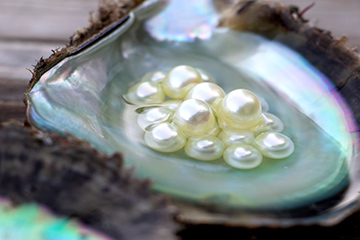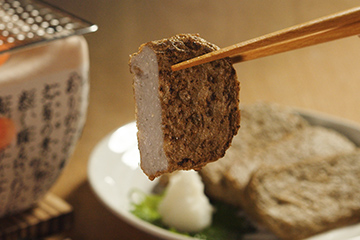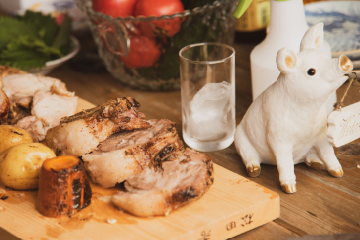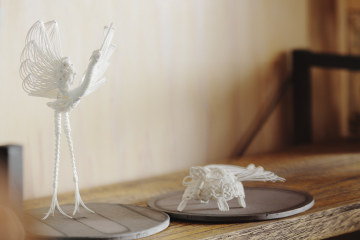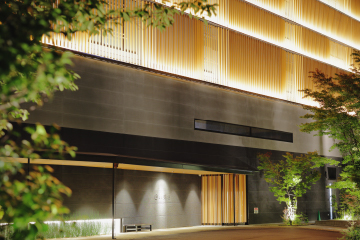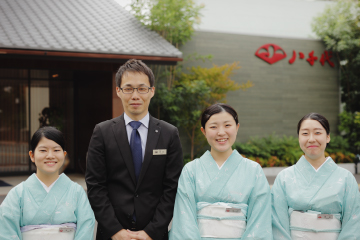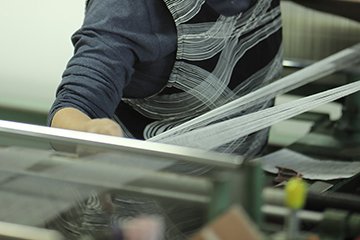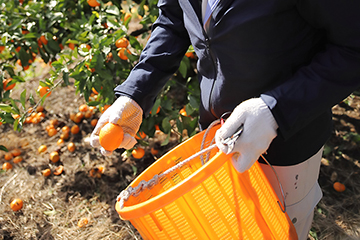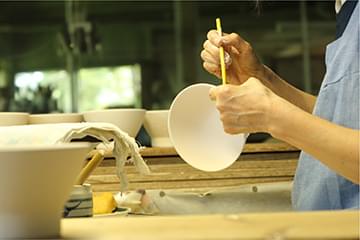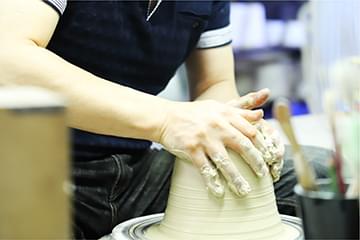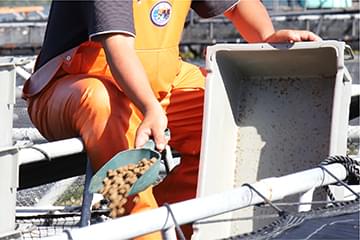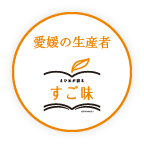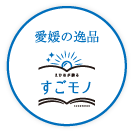Sustainable Agriculture Utilizing GLOBAL G.A.P and Smart Agriculture—Miyamoto Orange Garden Pursues New Value in Orange Cultivation
Overlooking Iyo Nada on the north side and Uwa Sea to the west, Yawatahama City in Ehime Prefecture is one of the leading orange production areas. The orange harvest season was about to start when we visited there in November, with welcoming views of the oranges beautifully lit by the sun reflected off the sea.
Upon ascending the mountains, terraced orchards with bountiful oranges and trawlers in the Seto Inland Sea beyond them can be viewed below.
Flavorful and sweet oranges are chiefly grown in the Kawakami district of Yawatahama, located on a slope along the coast, thanks to plentiful light from the “three suns”— the sun shining in the sky, the sun reflecting off the sea, and the sun reflecting from the stone walls.
For this article, we visited and interviewed Miyamoto Orange Garden, a company in the Kawakami district of Yawatahama City that produces, sells and processes oranges.

Continuous Pursuit of New Values and New Ways to Enjoy Oranges
Born to an orange farmer family in Yawatahama City, Mr. Miyamoto once worked for a company in Tokyo, instead of following in his family business. However, he decided to take it over after his father’s death, followed by caring for his grandparents until their deaths.
I used to think I’d go back to my hometown when I retire. But my father died 20 years ago, so I asked my father’s friends and other people to manage our orchard. I subsequently looked after my grandparents, until they passed away. My desire to work in our orange orchard with my own hands grew, and I decided to quit my former job and become an orange farmer.
Mr. Miyamoto talked about his commitment to orange cultivation, saying: “Follow the basics. Daily care, such as pruning and thinning, is important.”
I believe that delicious oranges are grown by attentively performing daily tasks. Orange cultivation involves diverse processes including soil preparation after harvesting, stone wall restoration, pruning, fruit thinning, pest control, and fertilization. We specifically try to achieve a constant annual harvest, preventing biennial bearing.
Orange trees are living organisms. In particular, the trees are exhausted after bearing fruit, causing the leaves to become discolored and drop off from only a slight breeze. Meticulous care based on observation is important, such as fertilizing a tree when it appears exhausted, and controlling pests when it is blooming.

Pursuit of “Proper” Agriculture with Safety and Security
In order to improve systematic agricultural management, your company applied for the GLOBAL G.A.P. (GGAP) and was certified after only three months, which was much faster than the typical 2-3 years.
GAP stands for Good Agricultural Practices. It refers to the management activities in the agricultural production process used to ensure various components of sustainability including food safety, environmental conservation and worker safety. GGAP is a global version of GAP, with about 207,600 certified organizations worldwide and about 700 in Japan as of the end of March 2019.
We didn’t do anything special to quickly acquire GGAP certification—it was the result of our everyday efforts to improve agricultural management. With the GGAP certification, we were able to grow beyond just a family business and engage in agriculture as an organization. Many other changes also occurred, such as gaining the ability to do business with major mass retailers and attracting highly motivated young workers.
The company’s salt-cured orange was developed by searching for ways to utilize the otherwise-wasted thinned oranges.
Juices, jams and jellies are common processed orange products, but I’ve always wanted to make more innovative products.
Around that time, I heard about salt-cured lemon from a vegetable sommelier whom I knew, and began development to make an orange version.
Miyagawa Wase oranges, harvested in late August, are used for salt-cured oranges. Oranges harvested earlier than this contain more bitterness in the peel. Cured in Hakata Salt from Ehime, this product is authentically made with Ehime Prefecture products.
Compared to salt-cured lemons, salt-cured oranges have a hint of sweetness, and are valued by professional cooks as a secret ingredient to enhance the taste of any dish.

Since an overabundance of flowers produces smaller sized oranges, branches are neatly pruned to let oranges receive more sunlight. Stiff branches do not tend to bear delicious oranges, and only soft branches with a higher potential are left.

Satsuma mandarin oranges grown at Miyamoto Orange Garden. The super thin pith doesn’t even stay in your mouth—it’s an explosion of juicy, refreshing, and tart flavor.

In order to prevent damage to other fruits, the tips of the branches are neatly cut when harvesting. The process requires special caution, since scarring of fruit increases the chance of decay.

Becoming an Acceptor of the Local Community through GAP—Aiming for Sustainable Agriculture
Mr. Miyamoto utilizes smart agriculture to promote efficient agriculture. His future interests include developing oranges that won’t be affected by natural disasters.
It is said that a lot of rainfall causes a lower sugar content and watery flavor in oranges. Different orchards have their own characteristics, such as their susceptibility to wind and amount of drainage, so I’d like to start my endeavor by recording these data. In terms of insect control and pest control, I’d like to develop a system that allows us to focus on solving problems, by performing monitoring with a drone or other means.
Invigorating agriculture and also the local community through GAP—we could feel Mr. Miyamoto’s passion.
In 2018, we developed the MOG-GAP system, summarizing the know-how for obtaining GAP certification. It was originally made to simplify our company’s GAP renewal process. But now it is provided as a GAP certification acquisition support system to agricultural high schools, colleges, and farmers, and the number of users is gradually growing. In the future, we’d like to promote activities that support the popularization of GAP in the agricultural field, such as through seminars held by system users and guidance provided by schools to farmers, involving retailers and distributors of the GAP.
Furthermore, we are considering an initiative in which younger people learn techniques from retired farmers and provide labor (manpower) and energy in return. If we become an acceptor of the local community and agriculture, and if this initiative becomes more widespread, we believe that fewer farmers will be forced out of agriculture due to a lack of successors, and young producers will grow, resulting in the development of a sustainable agricultural system.

Without merely accepting the status quo, Mr. Miyamoto never stops tackling new issues, such as the popularization of GAP and the development of salt-cured oranges. We could see through this interview his desire not only to develop his company brand, but also to revitalize Yawatahama, orange farming, and citrus cultivation. Mr. Miyamoto said, “I’d like to develop new processed orange products and propose a new value and a new way of enjoying oranges for more people.” We are excited to see what he will tackle next.
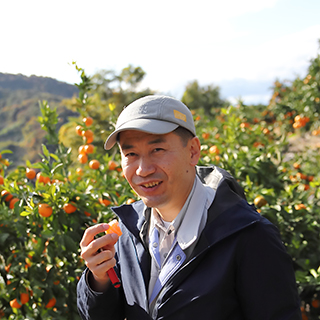
TEL: +81-89-989-3605
https://www.orange-garden-inc.jp/
https://www.facebook.com/miyamoto.orange.garden/






